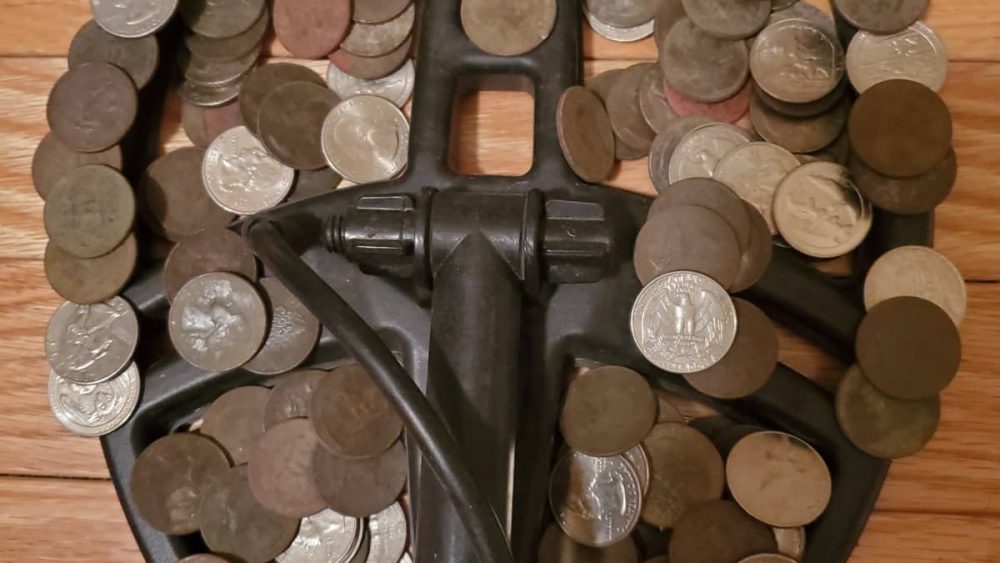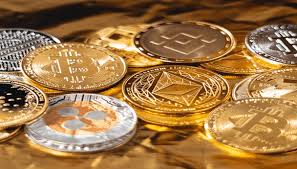In order to start making money on coins, it is not necessary to have a large starting capital – in rare cases it is possible to do without investments – but it is necessary to have at least basic numismatic knowledge.
What is numismatics
Numismatics, contrary to popular belief, is not only collecting coins.
Initially, numismatics, indeed, was a simple collecting, without a detailed study. It developed into science due to the increase in the number of people who were fond of collecting coins – the more interested people appeared, the more extensive the theoretical base became and the more systematized the approach to studying coins became.
Now the term “Numismatics” is again used more and more often in the meaning of “collecting”, and a person who collects coins or earns money from it is called a numismatist.
What coins can you earn
Collectors are willing to pay a lot for rare coins in good condition – few people will be interested in a shabby, unremarkable ruble. When determining the value, the following are taken into account:
Modern rare coins
For modern coins, which at first glance are unremarkable, many collectors are willing to pay decently. While you can find them in a home piggy bank or get change in a supermarket.
First of all, the year of issue matters. The fact is that the Central Bank issues new monetary units unevenly: in one year there can be a lot of them, and in another – a few units. If there is more than enough of some denomination in circulation, then the Central Bank may not replenish its stocks for several years.
On the official website of the Bank of Russia, there is no data on the years of issue and circulation of coins, so it is extremely difficult to obtain reliable information – you need to communicate on forums, follow the news of the relevant groups, watch programs dedicated to numismatics.
So, in the issue of the “Habitat” program, a representative of the auction house said that in 2003 the mint issued very few coins with a face value of 1 to 5 rubles. They shouldn’t have been in circulation at all. Nevertheless, they exist and are sold at auctions for 15–20 thousand rubles.
In Russia, coins are issued by the Moscow and St. Petersburg Mints. In the first case, the mark consists of the letters “M” or “MMD”, and in the second – “S-P” or “SPMD”. It should be on the back under the paw of an eagle or the hoof of a horse – depending on the denomination. If it is not, then the coin is of value to the collector.
For example, in 2002, the Moscow Mint, when it minted 5 kopecks, did not put its mark. Now you can get from 5 to 15 thousand rubles for them.
Coins with marriage are also of interest to collectors. It is important that the defect was not obtained during operation, but during production. “Deviations from the norm” include:
split or crack of the stamp;
bite – when part of the coin is “eaten” by another;
displacement of the bimetallic insert;
double cutting of the inner circle;
fuzzy coinage;
image shift.
The price of such coins can vary from 250 rubles to several tens of thousands – in addition to the marriage itself, the denomination of the coin and the year of issue are taken into account.
Commemorative coins
Commemorative or commemorative coins are issued in a limited edition, usually in honor of a significant event. Unlike regular coins, information about the circulation and year of issue of commemorative coins is published by the Central Bank on its website – it can be easily found.
The cost of a commemorative coin also depends on the degree of preservation, metal and mintage. For example, in 2001, 2 million 10-ruble coins were issued in honor of the 40th anniversary of Yu. A. Gagarin’s space flight. Now the price for them ranges from 45 to 250 rubles.
The same ten-ruble coin, but already of the “Russian Federation” series, issued in 2010 with the image of the coat of arms of the Yamilet-Nenets Autonomous Okrug, now costs from 8 thousand to 13 thousand rubles. And all because its circulation was only 100 thousand pieces.
Both coins are made of two metals: cupronickel – the base and brass – the ring. Such coins are called “bimetallic”.
Investment
Investment coins are made of precious metals – silver, gold. As the name implies, they are bought to preserve and increase capital. Sometimes investment coins are purchased as a gift – there are special copies dedicated to the wedding day or birthday.
They will not give you change in the supermarket and you are unlikely to find them in your piggy bank – such coins are not issued into normal circulation. However, in the store they are obliged to accept a coin, but only on the basis of its face value, and not the real value. That is, if a coin is 25 rubles, it will be accepted as 25 rubles – the fact that it is made of gold and costs about 25 thousand will not play a role.
The prices for investment coins are set daily by the Central Bank based on the value of the metal. Approximately 5% is added to this amount and sold to commercial banks. Those, in turn, add another 8-10% and sell to customers.
If we talk about just coins made of precious metals, then their price depends more on the value of the metal and weight – as a rule, such coins attract investors, not collectors. The latter are more interested in commemorative coins made of precious metals. Here the main criterion for evaluation is rarity. The fewer copies were produced, the more valuable. A coin made of silver, but being exclusive, can cost much more than a gold coin.





